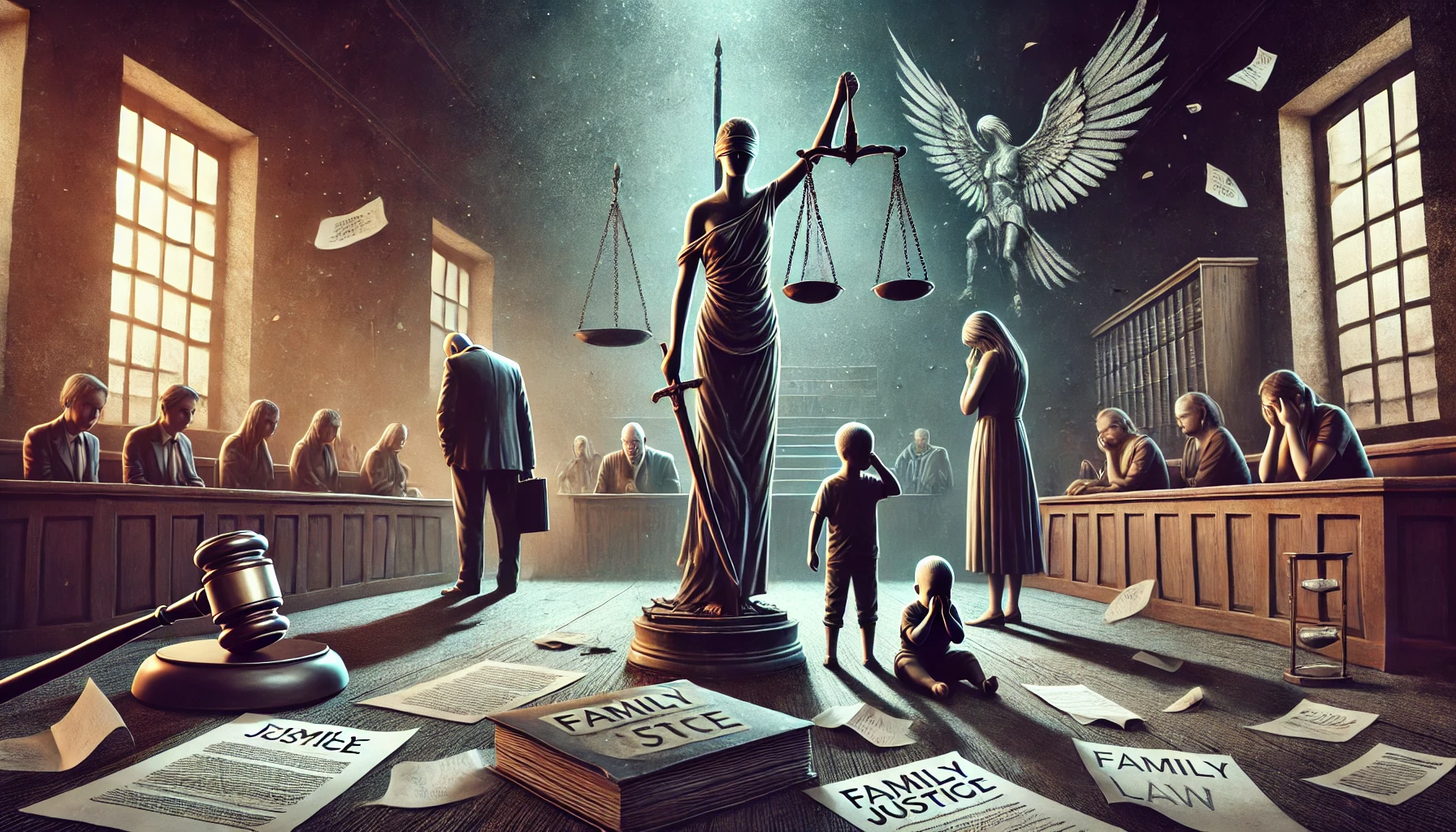Authored By: Khooshi Redij
Kamalaben Gambhirchand Shah Law School, Mumbai
Introduction
Climate Change Climate change is one of the most serious global issues of this century. The raised frequency of extreme events increased global temperatures, and changing ecosystems are indicative of changes in climatic conditions. As these impacts are global in nature, climate change can never be fought by isolated interventions from single nations; rather, it needs an international cooperation effort, for which international law is crucial. International law thus provides the structural skeleton in which collective actions are taken, creating cooperation as well as accountability to the nations as a result of treaties, conventions, and agreements.
The Call for International Cooperation
Climate change is of extra transnational character; the greenhouse gases released in a particular part of the world could cause changes in the atmosphere as well as in the ecosystems all over the world. Individual countries, especially the poor ones, cannot mitigate or adapt to climate change separately. The global character of this issue calls for an international collective response through cooperation.
International law matters as it provides common rules and objectives. It makes room for collaboration among nations, places binding and non-binding obligations as well as gives room for negotiation. Its lack would imply that there would be no coordination in the national efforts, thus being inefficient and conflicting with interest and failure to tackle the root causes of climate change.
Important International Climate Treaties
Legal Basis-International climate actions are formed by several international treaties and agreements. Although each agreement has influenced international efforts in some way, they are all interrelated in how they help build global efforts to the current frame.
- United Nations Framework Convention on Climate Change, 1992
One of the foundational treaties in the international legal response to climate change is the UNFCCC. The treaty was signed in 1992 at the Earth Summit in Rio de Janeiro and laid down the groundwork for the global climate policy. The UNFCCC aims at stabilizing the concentrations of greenhouse gases in the atmosphere to avoid dangerous anthropogenic interference with the climate system.
The UNFCCC is not a binding framework. It did not specify measurable targets for emission reductions but established a framework for negotiations and cooperation in the future. COP, which the UNFCCC established, annually meets to evaluate progress and negotiate additional commitments. These annual meetings resulted in the famous agreements: the Kyoto Protocol and the Paris Agreement.
- The Kyoto Protocol (1997)
The Kyoto Protocol was the very first international treaty to obligate its signatories-the developed countries-to binding targets for emissions reductions. Adopted in 1997 and coming into force in 2005, this protocol has assumed significance based on the principle of “common but differentiated responsibilities,” cognizant of the fact that developed countries bear a higher historical responsibility for greenhouse gas emissions and should lead in reducing them.
The Kyoto Protocol made provisions of flexible mechanisms such as carbon trading, the Clean Development Mechanism (CDM), and joint implementation to aid countries in meeting their target. Through these mechanisms, it was possible to earn credits through projects that reduced emissions in developing countries, while at the same time encouraging countries to meet their sustainable development priorities.
However, the Kyoto Protocol had shortcomings. It committed obligations only to the developed world, but big emitters such as China and India were not bounded to any commitment. Furthermore, the United States is among the world’s highest emitters, who withdrew from the Protocol that further debilitated the Protocol.
- Paris Agreement (2015)
Perhaps the new hallmark is the Paris Agreement, adopted in 2015 at COP21. It is seen widely to be a breakthrough achievement in international climate law. With an even more inclusive and flexible framework, Paris embodied a new approach to global action on climate. Unlike Kyoto, the agreement does not make distinctions between developing and developed countries and expects all to contribute to emissions reduction globally.
The central objective of the Paris Agreement is to limit the increase in global temperatures to well below 2°C above pre-industrial levels and do even more to limit it to 1.5°C. This must be brought about through nationally determined contributions, where each country sets out its own individual climate action plan. NDCs are not binding but the Paris Agreement has a relatively robust transparency framework, and countries have to report on their progress and receive reviews regularly.
The Paris Agreement also focuses on climate adaptation through financial means, to aid vulnerable countries in adapting to the impacts of climate change. It has recognized the fact that developing nations, particularly the least developed countries and those made up of small island states, face an overwhelming
challenge from climate change and are worthy of international assistance for building resilience.
Challenges in Implementing International Climate Agreements
The international climate agreement-the famous Paris Agreement is a kind of progress, but the implementation of those commitments is a great challenge. A few factors make it hard to enforce properly the international climate law:
- absence of mechanisms of enforcement
The lack of strong enforceability is one of the primary challenges that international law faces about climatic change. The majority of the international agreements including the Paris Agreement, are made based on voluntary commitments. They are not supposed to have sanctions to punish a country in case it fails to comply with them. The implication of this fact is that countries may meet just half of their target obligations without facing any consequences against them; therefore, their collective global effort is hampered.
- Economic and Political Barriers
Mostly, economic and political reasons act against the fulfilment of climate commitments. Several countries face a stiff struggle in their pursuit of low-carbon economies as economic development grows not stagnant. Countries tied to fossil fuels may not find it easy to accept strong emission cuts that may jeopardize their economic gains. Political instability or even changes in government may also make the national priorities shift, just like what happened when the Trump administration withdrew the United States from the Paris Agreement.
- Differentiated Responsibilities and Equity Concerns
The concept of “common but differentiated responsibilities” recognizes the past history of industrialization of developed countries and their intergenerational responsibility for climate change. In fact, this does cause political and diplomatic friction between developed and developing countries about what they should be expected to do in terms of contributing to mitigation. The developing countries argue for a less stringent standard because they have much lower historical emissions and need development.
Role of International Organizations and Courts
International organizations and courts provide several kinds of necessity for carrying out climate agreements and hold people accountable.
- Role of the United Nations and COP Summits
The UNFCCC, through its COP summits, remains a critical platform for negotiation and advancement of climate goals. The annual summits are crucial to negotiating countries since, apart from scrutinizing the progress in their implementation, they also have the common platform to share best practices and accept new commitments. The COPs are increasingly focusing on climate finance, loss and damage, and the role of non-state actors in climate action.
- International Courts and Climate Litigation
Some of the international courts and tribunals include the International Court of Justice (ICJ), and the International Tribunal for the Law of the Sea (ITLOS), recently accelerating on the climate cases. These courts open avenues to finding access to justice among the most vulnerable countries and communities, who will sue the states or corporations for their failure to undertake climate action.
Future Prospects: International Climate Law into the Future
As the effects of climate change increase, the role of international law in this respect will be very critical. The emphasis will thus focus on improving the mechanism of enforcing already signed agreements and increasing climate finance for developing countries. New emerging issues will also include climate induced displacement and migration.
However, in the name of climate change, new challenges are coming up, and perhaps with that, also new international legal frameworks may be required. For example, a concept of “climate justice” is underway, meaning that certain sections of society are to be protected as well as compensated for excess beyond their capacity over the disparate effects of climate change.
Conclusion
International law has been and continues to be an essential factor in the international cooperation arising out of the fight against climate change by providing reduction targets for greenhouse gas emissions as well as ensuring accountable action. Much of that remains to be put into effect, however. With the climate emergency continuing to grow in breadth across the globe, it remains urgent that legal instruments and arrangements continue to gain strength within the international community to secure the meaningful contributions of all countries toward the mitigation and adaptation efforts surrounding climate change.





